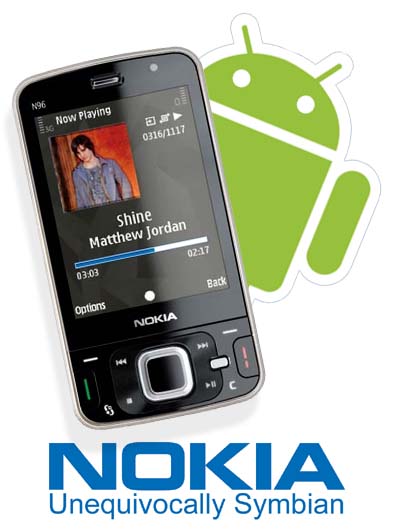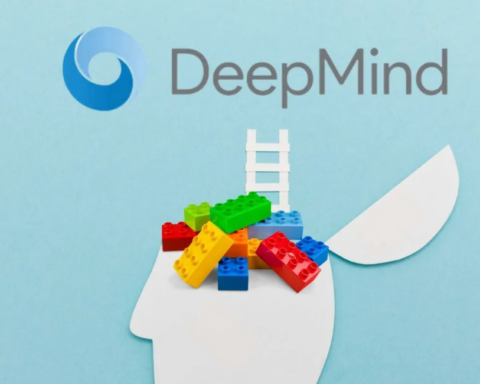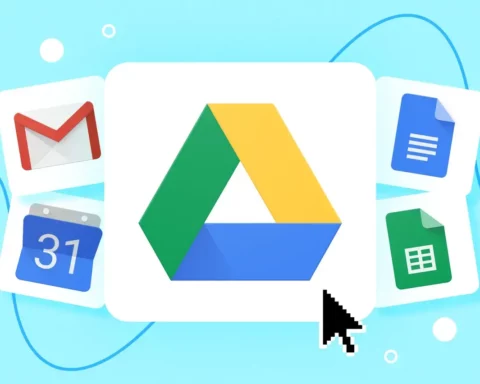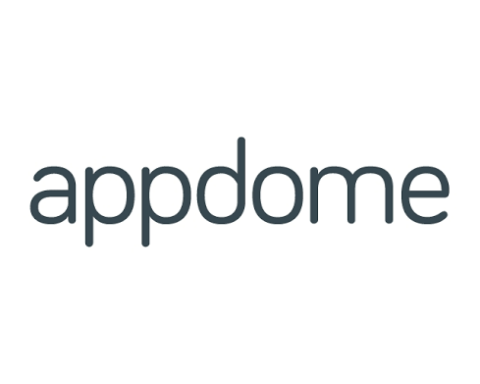Thursday, November 28, 2013: Android, iOS, Windows Phone 8, BlackBerry 10, you’ve heard of all of these. But have you heard of Sailfish? No you haven’t, just like you haven’t heard of Jolla either, a group of ex-Nokia engineers operating from both Finland and Hong Kong, who have been working on developing a smartphone running a Linux-based system that Nokia was once working on. This system was known as MeeGo OS when Nokia was working on it. The newspoint is that the group has finally succeeded in readying the Jolla phone and it is ready to ship in Finland. Currently available for pre orders at €399, the device is scheduled to come in other countries as well.
There’s not much that we can tell you about the phone right now except the fact that it is powered by a dual core processor and has 16 GB of internal memory, which can be extended using a memory card. Also, the smartphone reportedly avoids having buttons for a more gesture based user interface. The OS itself, Sailfish, is apparently a Mer-based mobile OS, which is “independent, open, partner friendly”.
So, what’s so interesting about this OS? To be honest, it is knew and with the first phone coming, it is too early to say how much or whether it will be a competition for daddy Android. But, Jolla’s Sailfish has one thing going for it, which may earn it a lot of points. The OS apparently can run apps that are currently running on Google’s Android OS using a third party runtime. Its own apps can be developed through the native Qt interface, which was once a Nokia property, or through HTML5. The engineers are reportedly trying to make it compatible with the Firefox OS apps as well.
Remember the Nokia N9? You may not have heard of this phone either, because it failed to make much of a ruckus in the market. This phone was based on Nokia’s failed MeeGo OS. The Finnish smartphone maker reportedly moved to the Windows Phone platform soon after failing with the N9.
There’s still a long way to go and much more to see, but the OS poses an interesting bit to watch out for.








